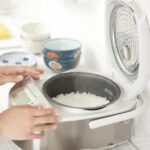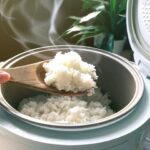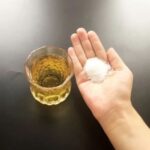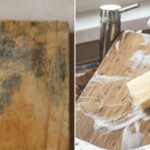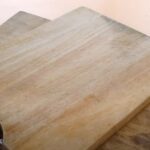Rice Cooker Steam Vent
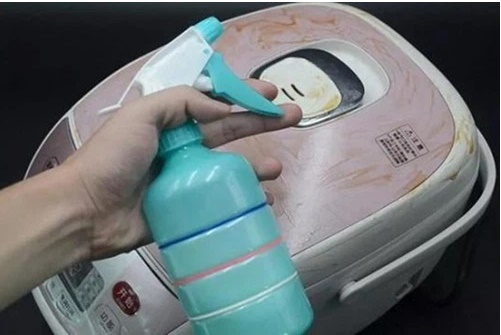
The steam vent and lid are detachable, making it easy to clean. Simply detach them and bring them directly to the sink for a thorough wash. This way, your rice cooker will be as good as new, both in terms of functionality and hygiene.
Inside the Rice Cooker’s Outer Pot
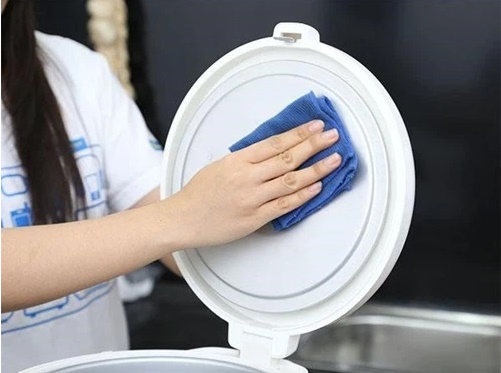
Over time, rice grains can fall into this area while cooking or stirring, and if not removed, they will burn and char. This is also where rice foam can spill over and drip down. It’s important to regularly wipe this area with a damp cloth to prevent any buildup.
Occasionally, you should also remove the lid and turn it upside down to allow any dirt or rice grains that have fallen into the bottom of the pot to come out.
Heating Plate
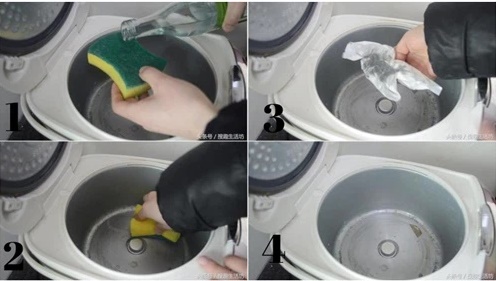
The heating plate is crucial to the rice cooking process, and any dirt or grime can directly impact the efficiency of heat transfer. This can result in slower cooking times, increased electricity consumption, and negatively affect the taste of your rice.
It’s important to pay attention to the center of the heating plate, where a sensor is usually located. If not cleaned regularly, oil or dirt can accumulate, causing the rice to undercook or even prevent the rice cooker from turning on.
To clean the heating plate, which has grooves and cannot be wet, use toothpaste and a toothbrush. Before cleaning, ensure that you unplug the rice cooker. You can dampen the toothbrush slightly, but do not pour water directly onto the heating plate. After scrubbing, use a damp, wrung-out cloth to wipe away the toothpaste.
According to Người đưa tin
The Magic of Extra Beer: A Multipurpose Must-Have for Every Home
Introducing a revolutionary way to utilize leftover beer and transform it into a problem-solving solution for your household needs. Step aside from the conventional and embrace the unexpected as we uncover the hidden potential of those extra pints. It’s time to unlock a whole new world of possibilities with a simple yet ingenious twist.
The Ultimate Guide to Cutting Board Care: Sun, Boil or Sterilize?
For moldy cutting boards, timely cleaning is essential to maintain hygiene. It is crucial to address the issue promptly to prevent the spread of mold and bacteria, which can be detrimental to your health. Effective cleaning methods include using a mild detergent or a mixture of vinegar and water, followed by thorough rinsing and drying. Regular maintenance and prompt action are key to keeping your cutting boards sanitary and safe for food preparation.

























